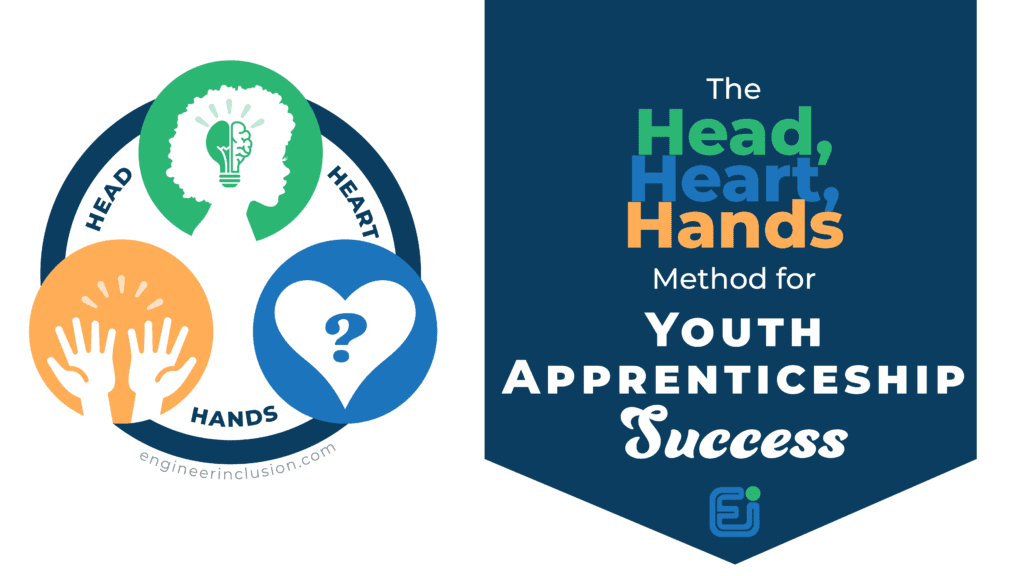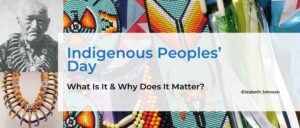Prejudices, stereotypes and bias often operate in combination to influence your behavior. However, you can positively influence your behavior with our unbiasing nudges, a tool for modifying the environment in which you make decisions.
In this post, we recommend a set of 4×2 nudges to unbias how we operate. Download a PDF handout/poster, and access a set of slides to use in your meetings as nudges for creating equitable and inclusive environments.
Nudging is the process of influencing behavior through small changes in information or adaptations to an environment. Nudging is a way to influence choice, without removing the agency to choose. The nudge theory is a behavioral science concept first developed by Richard H. Thaler and Cass R. Sunstein—two American scholars—in their book, Nudge: Improving Decisions About Health, Wealth and Happiness (2008).
You likely use (and succumb) to lots of nudges, whether you recognize them or not.
Examples of personal behavior nudges:
- I set my automatic calendar event lengths to 50 minutes, nudging me to wrap up sooner so I don’t push meetings into the next, and so I can stand up/stretch or take a break if needed.
- I don’t go to bed with my phone to reduce endless scrolling at night and in the morning.
- I place my medication at my coffee station, so I remember to take it. (Because I never forget to have coffee, it seems!)
- When possible, I blind certain things I have to review to remove the potential for bias.
Examples of behavior nudges by others:
- Some restaurants use scent as a marketing tool, nudging customers in and nudging them to stay a while.
- Stores add “how much you saved” to the bottom of your receipt, nudging you to come back for more savings in the future.
- The UK government informed by Thaler and Sunstein realized making small tweaks, aka indirect suggestions, to public-facing communications could have huge positive impacts on people’s behavior.
- Parents use reverse psychology to nudge children to do or not do something.
- Your favorite animal nuzzles your hand, nudging you to pet them.
What is bias?
Bias is a prejudice in favor of or against one thing, person, or group compared with another, usually in a way considered to be unfair. As a verb, bias causes one to feel or show inclination or prejudice for or against someone or something in explicit or implicit ways, and bias occurs in more than just our communication. Bias is embedded in ideologies, institutions, and ways of knowing and doing.
EXPLICIT BIAS
Explicit bias is the attitudes or stereotypes that affect one’s understanding, actions, and decisions consciously.
IMPLICIT BIAS
Implicit Bias is the attitudes or stereotypes that affect one’s understanding, actions, and decisions unconsciously. Implicit biases and prejudices are often unrecognized and may not align to one’s declared beliefs and values.
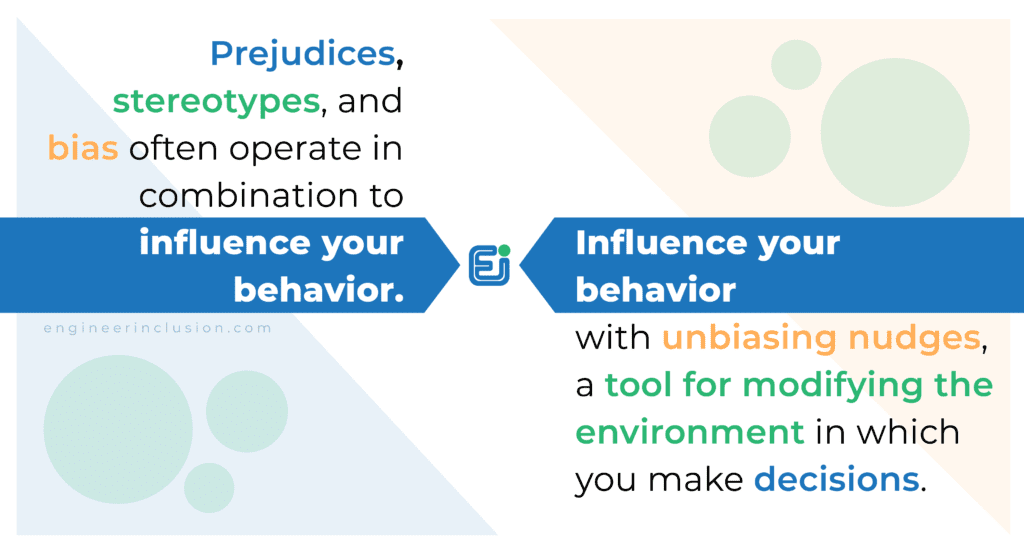
Do we need nudges?
Prejudices, stereotypes, and, consequently, bias often operate in combination to influence our behavior.
The brain supports the learning, experience, and expression of prejudice and the storage, activation, and behavioral expression of social stereotypes. These are the neural mechanisms of social cognition that underlie forms of bias.
If you have a brain, you hold prejudice, bias, and stereotypes. Recognition of this truth can help diminish some of the discomforts that come with the realization that we all have these things.
The good news is that networks in the brain also support the self-regulation of cognitive control, which can reduce the expression of prejudice and stereotypes, and nudging is a self-regulation strategy!
Unbiasing Method
Drawing from the literature on cognitive biases, inclusive environments, and nudge theory, I’ve created a set of nudges that can help you and your team reduce biases.

How to use the Unbiasing Nudges

Review the nudges and reflect on what each means to you.

Prepare to share the nudges with your group. PDF download below, an image above, or start with our google slides.

Introduce the nudges to your group at the beginning of your session, meeting, or event. Share that it is important to “intentionally engineer inclusion™” and invite people to help you co-create a space that prioritizes equitable and inclusive practices.

Remind the group about the key elements as needed throughout the session, and encourage participants to use the shared language to invite others to be thoughtful of the environment.
The 4x2 Unbiasing Nudges
TIP: We recommend establishing unbiasing nudges as a framework for personal and collaborative work. We’ve created a simple four-R alliteration to help you get started. Try out our resources or use our nudges as a starting place to create your own.
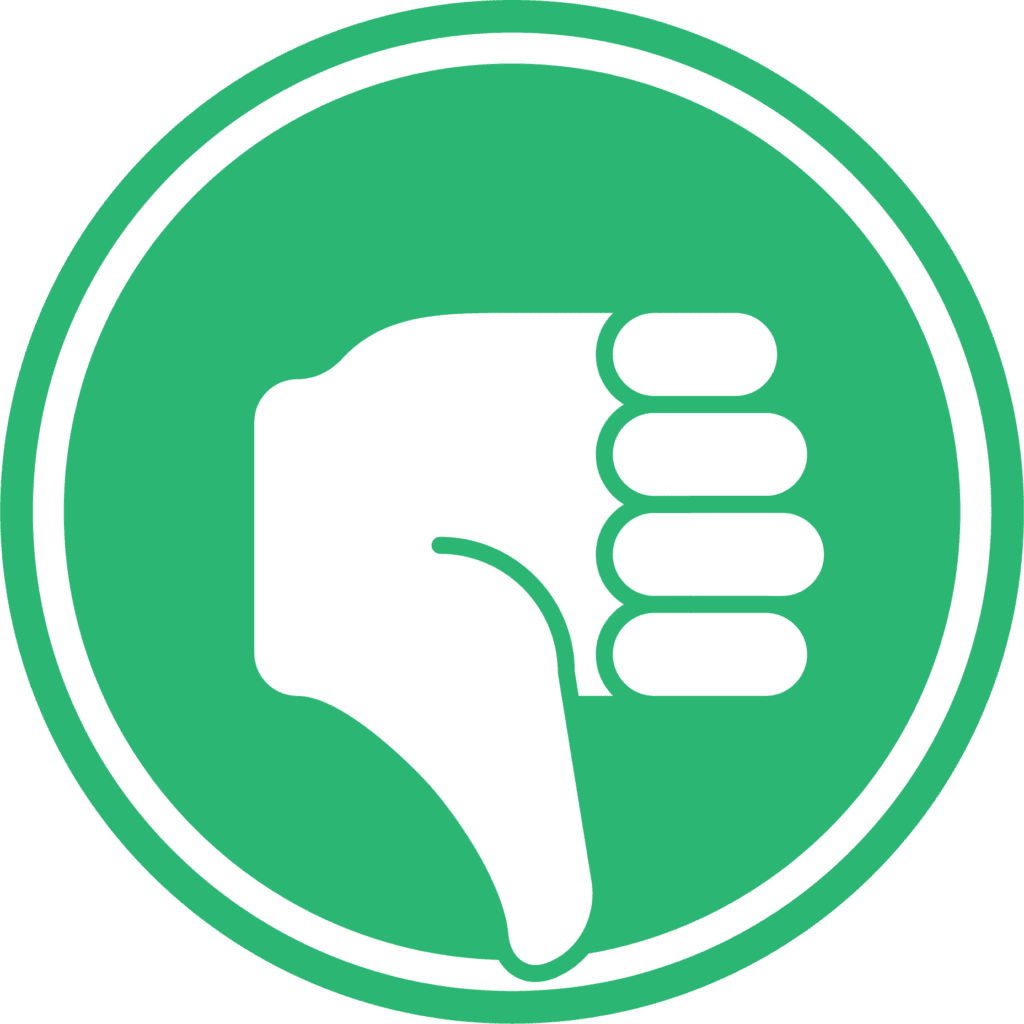
REDUCE
Distractions
Distractions increase the likelihood of drawing on implicit biases and reduce your capacity to self-regulate.
Constraints
When overloaded or rushed, you are less likely to employ bias-reducing systems/strategies.
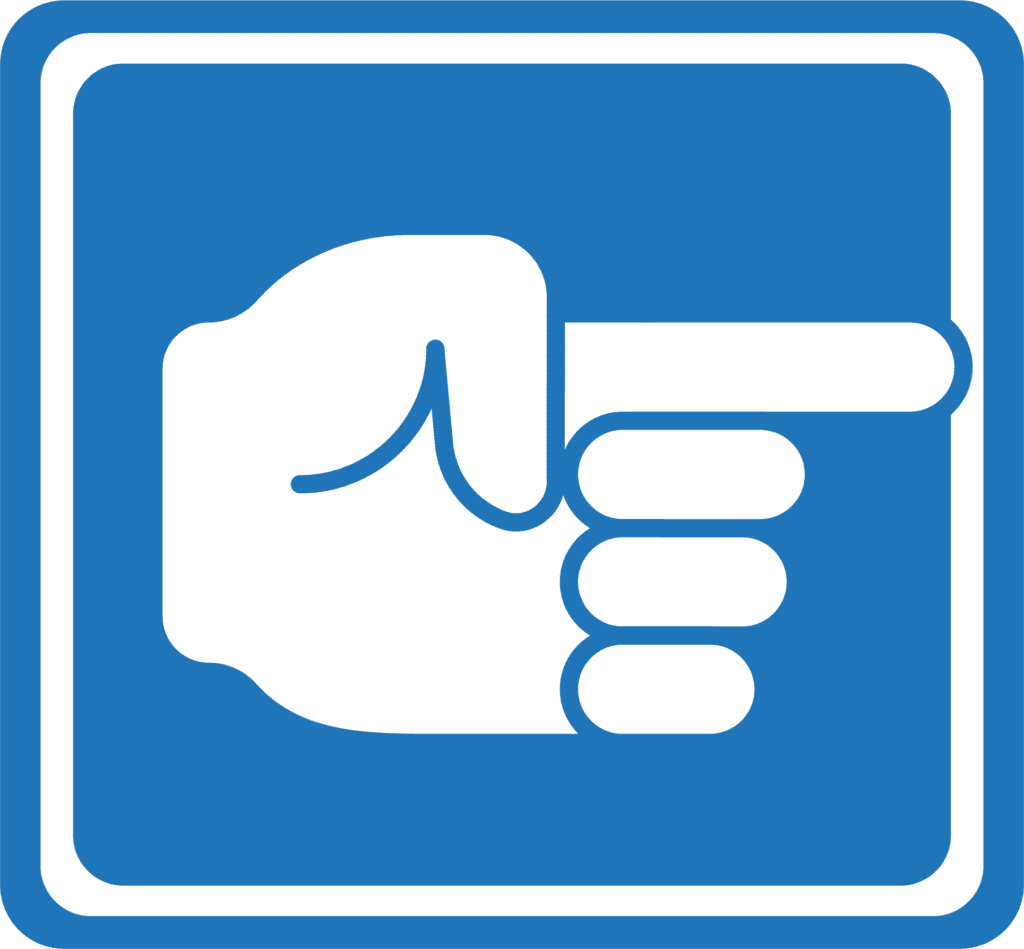
REFLECT
Positionality
Make a plan to minimize how your social identity negatively affects interactions, decisions, and interpretations.
EVIDENCE
Review all available evidence. Write down your evaluations focusing on facts, not assumptions.
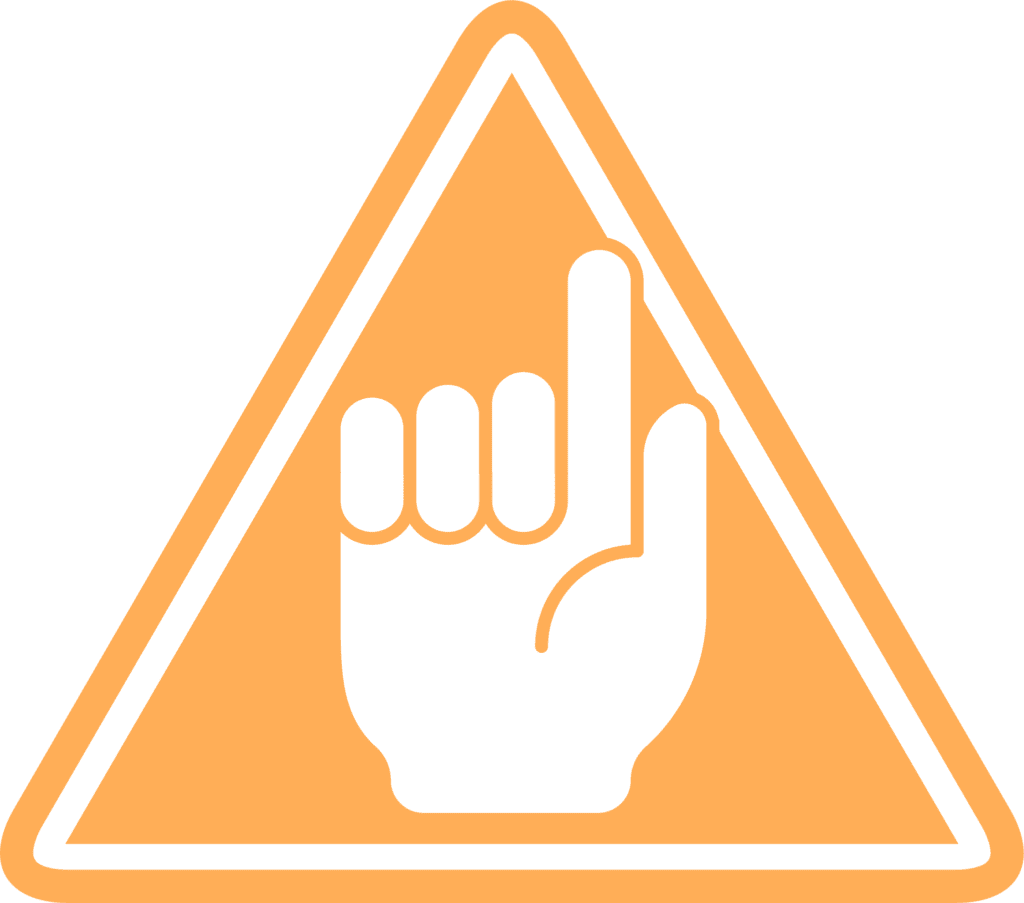
REFLECT
BIASES
Cue each other to common cognitive biases and errors in judgments and decision-making.
RULES
Review ground rules for inclusive meeting protocols. Establish accountability measures.
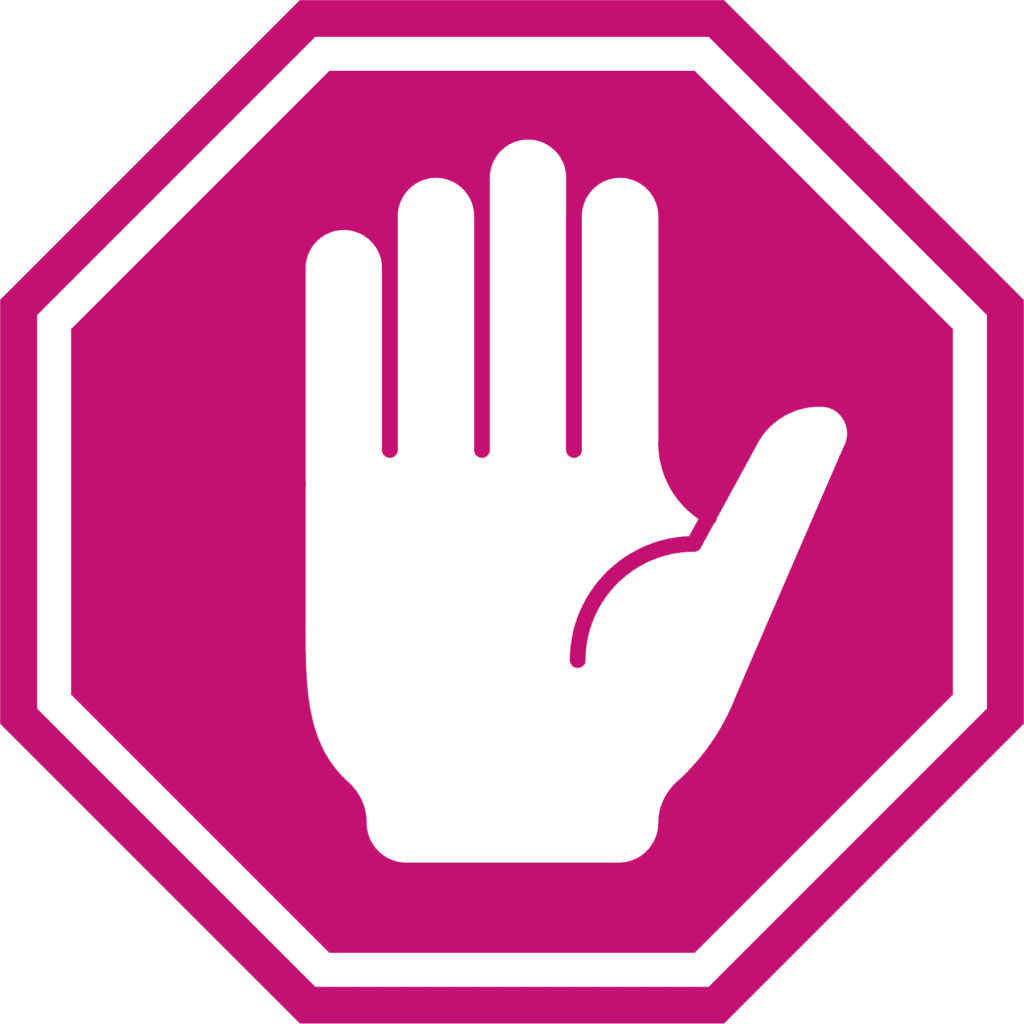
RESIST
OPINIONS
Focus on evidence to warrant statements or conclusions. Bias check your filter of evidence, too.
SILENCE
Speak up against bias, stereotypes, prejudice, and discrimination. Use the ground rules to address them in real-time. Debrief to improve.
Want a workshop on this topic?
Are you interested in this workshop for your team? We can do it in-person or virtually for up to a full-day workshop, extending on each topic and increasing engagement through breakout groups.
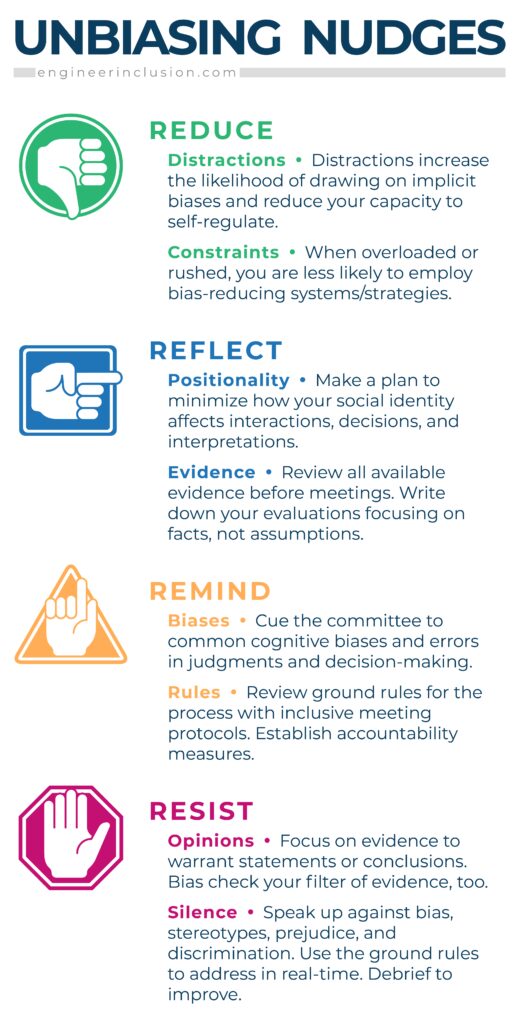
Download PDF
Download an easy to print or share PDF.
When you download this resource, you agree to be added to our mailing list. We send about one email with resources and strategies every week. You can unsubscribe at any time.






